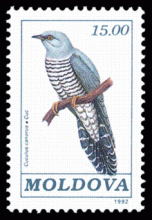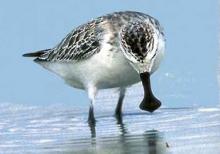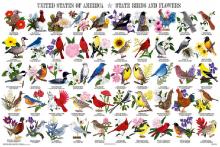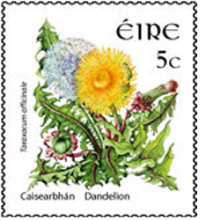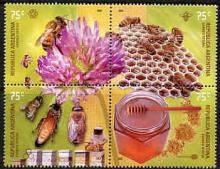Cuckoos in Britain declined by 65 per cent between 1984 and 2009
The cuckoo Cuculus canorus is tumbling in numbers in the UK. The latest, unpublished BTO research shows that cuckoos in Britain declined by 65 per cent between 1984 and 2009. The birds may be vanishing because of problems in the UK, such as the disappearance of the moth caterpillars which are their principal food. But it is equally possible that they are running into trouble on their wintering grounds in Africa, or on the various "staging posts" they use on their 3,000-mile migratory journeys.

